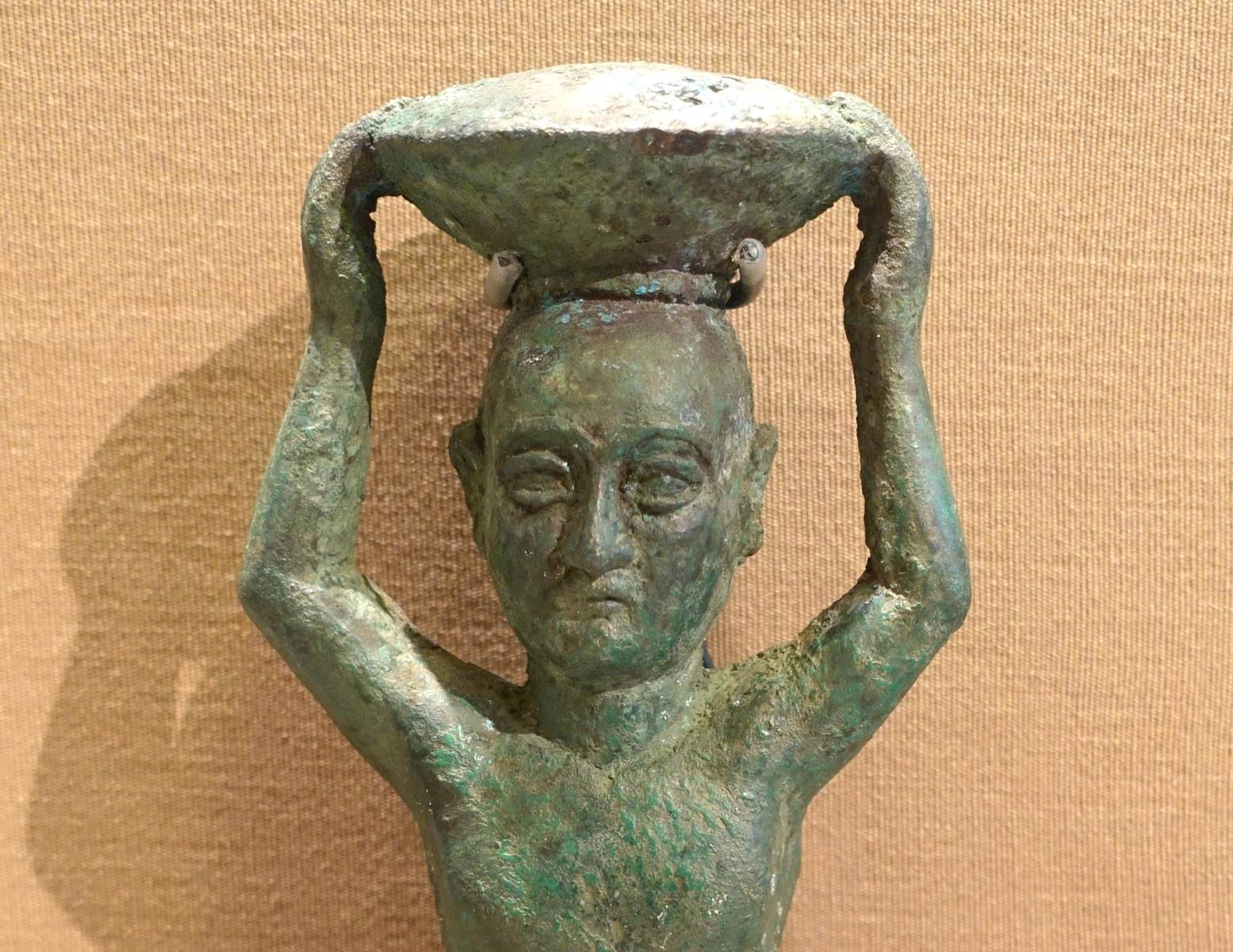
Who was Rim-Sin I, and why are his campaigns significant? Rim-Sin I, ruler of the ancient city-state of Larsa around 1822 BCE, led a series of impactful military campaigns that reshaped Mesopotamia's political landscape. His reign marked Larsa's golden age, characterized by economic prosperity, cultural advancements, and territorial expansion. Rim-Sin I's conquests included major victories over city-states like Uruk, Lagash, and Nippur, significantly altering power dynamics in the region. His administrative reforms and strategic alliances further solidified Larsa's dominance. Despite facing formidable rivals like Hammurabi of Babylon, Rim-Sin I's legacy endures, influencing future generations and leaving an indelible mark on Mesopotamian history.
Rise to Power and Early Reign
Rim-Sin I, also known as Rim-Sin of Larsa, was a significant figure in ancient Mesopotamia. His reign marked a transformative period for the city-state of Larsa, located in what is now modern-day Iraq. Let's dive into the fascinating details of his campaigns and achievements.
-
Rise to Power: Rim-Sin I ascended to the throne of Larsa around 1822 BCE. His rise was likely due to his military skills and strategic alliances.
-
Larsa’s Golden Age: Under his rule, Larsa experienced a golden age. The city-state saw economic prosperity, cultural advancements, and successful military conquests.
Military Campaigns and Conquests
Rim-Sin I's reign is particularly notable for his extensive military campaigns. These campaigns significantly expanded Larsa's territories and influence.
-
Military Campaigns: Rim-Sin I led numerous military campaigns, targeting neighboring city-states to expand Larsa's territory.
-
Conquest of Uruk: One of his earliest and most significant campaigns was the conquest of Uruk, a powerful city-state under the Ur-III Dynasty.
-
Battle of Uruk: The battle of Uruk was a decisive victory. Rim-Sin I captured the city, incorporating it into his growing empire.
-
Expansion into Sumer: After Uruk, he continued his expansion into Sumer, targeting other city-states like Lagash and Nippur.
-
Battle of Lagash: Rim-Sin I defeated the ruler of Lagash, Gudea, and added the city to his kingdom, further solidifying Larsa's power.
-
Nippur Campaign: His campaign against Nippur, an important cultural center, resulted in another significant victory.
Administrative Reforms and Economic Prosperity
Rim-Sin I wasn't just a conqueror; he was also an effective administrator. His reforms helped manage his expanding empire efficiently.
-
Administrative Reforms: He implemented various administrative reforms, including a more centralized government and standardized taxation.
-
Economic Prosperity: Larsa's economic prosperity during his reign was due to successful military campaigns and strategic trade agreements.
Cultural Advancements and Diplomatic Relations
Rim-Sin I's reign also saw significant cultural advancements and strong diplomatic relations with neighboring city-states.
-
Cultural Advancements: Larsa became a center of learning and art, with notable works of literature and new architectural styles emerging.
-
Diplomatic Relations: He maintained strong diplomatic relations, forming alliances and negotiating treaties to secure borders and promote trade.
Conflict with Babylon and Legacy
Rim-Sin I's reign wasn't without challenges. His conflict with Babylon and its ruler, Hammurabi, was a significant part of his story.
-
Conflict with Babylon: One of the most significant conflicts was with Babylon, ruled by Hammurabi, a major rival.
-
Battle of Babylon: The battle with Babylon was a significant confrontation. Although the outcome isn't well-documented, it's believed Rim-Sin I suffered a defeat.
-
Legacy of Rim-Sin I: Despite setbacks, his legacy remains significant. He expanded Larsa's territories, promoted economic and cultural advancements, and established a centralized administration.
Historical Records and Archaeological Evidence
The campaigns and achievements of Rim-Sin I are well-documented in historical records and supported by archaeological evidence.
-
Historical Records: His campaigns are documented in various records, including the Sumerian King List and cuneiform tablets.
-
Archaeological Evidence: Excavations have uncovered inscriptions and artifacts from his reign, providing a comprehensive understanding of his rule.
Impact on Mesopotamia and Future Generations
Rim-Sin I's influence extended beyond his reign, impacting Mesopotamia's political landscape and future generations of rulers.
-
Impact on Mesopotamia: His military conquests and administrative reforms reshaped Mesopotamia, creating a more complex system of city-states and empires.
-
Influence on Future Generations: His strategies and reforms were studied and emulated by later rulers, contributing to the development of complex societies in the region.
-
End of the Golden Age: The end of his reign marked the end of Larsa's golden age. The city-state continued to exist but never regained its former glory, eventually declining with the rise of new powers like the Kassites and Assyrians.
Rim-Sin I's Lasting Impact
Rim-Sin I's reign over Larsa wasn't just about expanding borders. His military campaigns, like the conquest of Uruk and Lagash, reshaped Mesopotamia's political landscape. Beyond battles, his administrative reforms centralized governance and standardized taxation, boosting Larsa's economic prosperity. Cultural advancements flourished, turning Larsa into a hub of learning and art. Diplomatic relations and strategic alliances further secured his empire's stability. Despite setbacks, like the conflict with Babylon, Rim-Sin I's legacy endured. His strategies and reforms influenced future rulers, leaving a lasting mark on Mesopotamian history. Though Larsa's golden age ended with his reign, the impact of his leadership continued to echo through the centuries. Rim-Sin I's story is a testament to the power of visionary leadership in shaping the course of history.
Was this page helpful?
Our commitment to delivering trustworthy and engaging content is at the heart of what we do. Each fact on our site is contributed by real users like you, bringing a wealth of diverse insights and information. To ensure the highest standards of accuracy and reliability, our dedicated editors meticulously review each submission. This process guarantees that the facts we share are not only fascinating but also credible. Trust in our commitment to quality and authenticity as you explore and learn with us.


